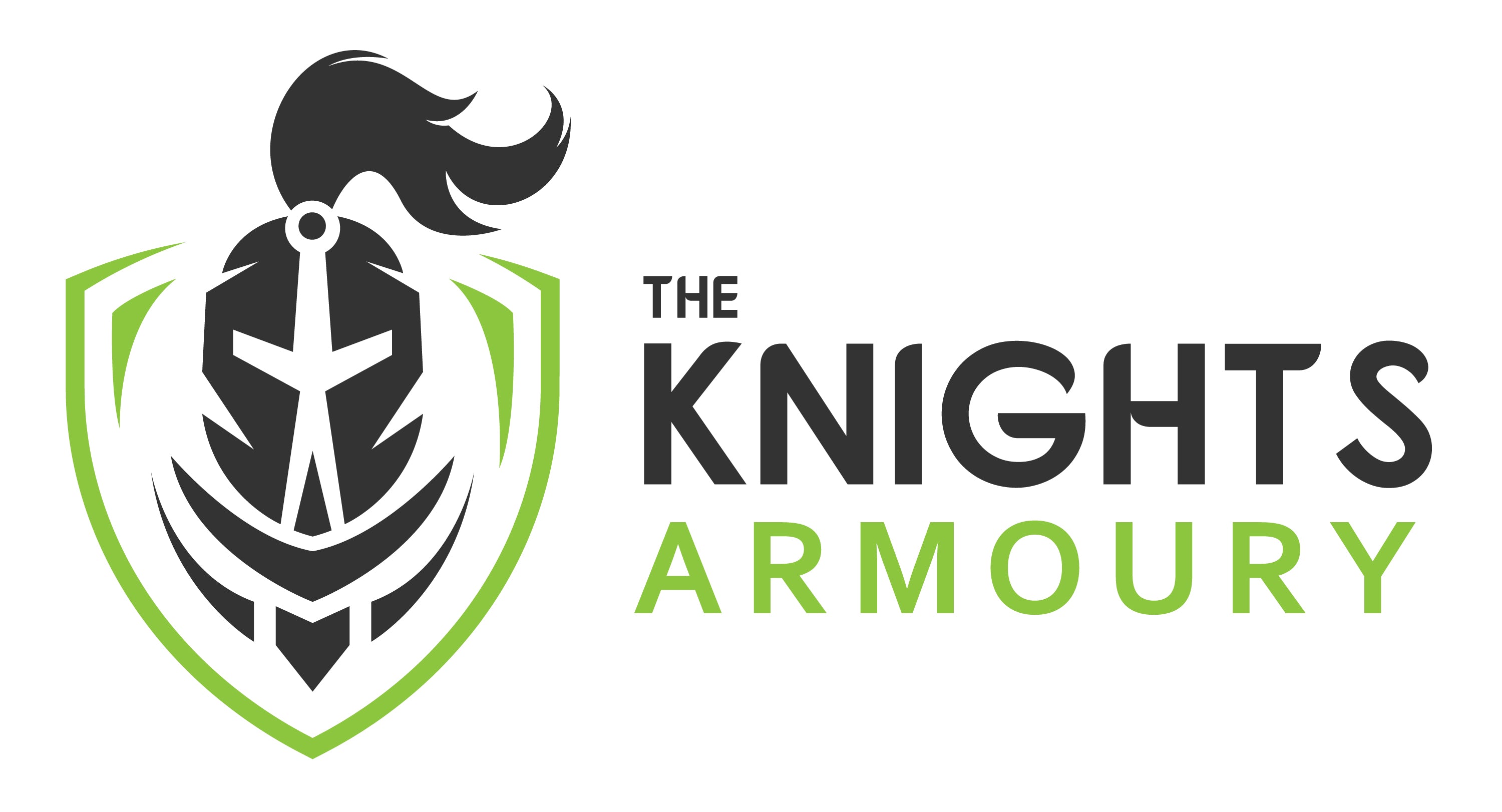When delving into the world of Historical European Martial Arts (HEMA), choosing the right sword is a crucial decision that can significantly impact your training and overall experience. With a myriad of options available, it's essential to understand the characteristics of different HEMA swords to determine which one best suits your needs and preferences. In this guide, we'll explore various HEMA sword types, their features, and help you make an informed decision on which sword is the best fit for you.
Understanding HEMA Swords
HEMA encompasses a wide range of historical martial arts practices, and as a result, there are several types of swords designed for different purposes. The three primary HEMA sword categories are the Longsword, the Rapier, and the Messer.
- The Longsword: Versatility and Power
The Longsword is perhaps the most iconic HEMA sword, known for its versatility and power. Characterized by a double-edged blade and a hilt long enough for two hands, the Longsword is suitable for a variety of techniques and fighting styles. Whether you're interested in German or Italian martial traditions, the Longsword is a fantastic all-around choice for beginners and seasoned practitioners alike.
When selecting a Longsword, consider factors such as blade length, weight, and balance. A well-balanced Longsword facilitates precise movements and allows for a more comfortable grip, reducing fatigue during extended training sessions.
- The Rapier: Graceful Precision
For those drawn to the finesse of thrust-centric techniques, the Rapier is an excellent option. Recognizable by its slender, sharp-pointed blade and complex hilt, the Rapier excels in precision and agility. It is often associated with Italian and Spanish fencing styles, emphasizing grace and strategic manoeuvring.
When choosing a Rapier, focus on blade length, flexibility, and the overall weight of the sword. A longer blade provides extended reach, while a flexible blade allows for better control during thrusts. Finding the right balance between length and weight is crucial for achieving the desired level of precision in your movements.
- The Messer: A Unique Blend of Sword and Knife
The Messer, a single-edged sword with a distinctive curved blade, offers a unique blend of sword and knife techniques. Originating from Germany, the Messer is known for its versatility in close-quarters combat. It's an ideal choice for those interested in exploring the intricacies of wrestling and grappling techniques within HEMA.
When selecting a Messer, pay attention to the blade's curvature, length, and point of balance. A well-designed Messer should provide the necessary leverage for both cutting and thrusting movements while allowing for quick and controlled manoeuvres in confined spaces.
Choosing the Right HEMA Sword for You
Now that we've explored the primary HEMA sword types, let's delve into the factors that should influence your decision-making process:
-
Personal Preference: Consider your preferred martial arts style and techniques. Each HEMA sword type caters to different historical traditions, so choose the one that aligns with your interests.
-
Experience Level: Beginners may find the Longsword more forgiving due to its versatility, while advanced practitioners might appreciate the precision of a Rapier or the unique challenges posed by the Messer.
-
Physical Characteristics: Take into account your strength, agility, and preferred range of motion. A well-matched HEMA sword should complement your physical attributes, enhancing rather than hindering your training experience.
-
Budget: HEMA swords come in a range of price points. Determine your budget and explore options within that range, keeping in mind that investing in a quality sword can enhance both safety and performance.
-
Training Environment: Consider the space where you'll be practicing. If your training area is limited, a shorter weapon like the Messer might be more practical, whereas a spacious environment may better accommodate the sweeping movements of a Longsword.
Conclusion
In conclusion, the best HEMA sword for you depends on a combination of personal preference, experience level, physical characteristics, budget, and training environment. Whether you're drawn to the power of the Longsword, the precision of the Rapier, or the unique characteristics of the Messer, understanding the nuances of each type will empower you to make an informed decision. Take the time to research and try different swords, seeking guidance from experienced practitioners or instructors to ensure you find the perfect weapon to embark on your HEMA journey.

